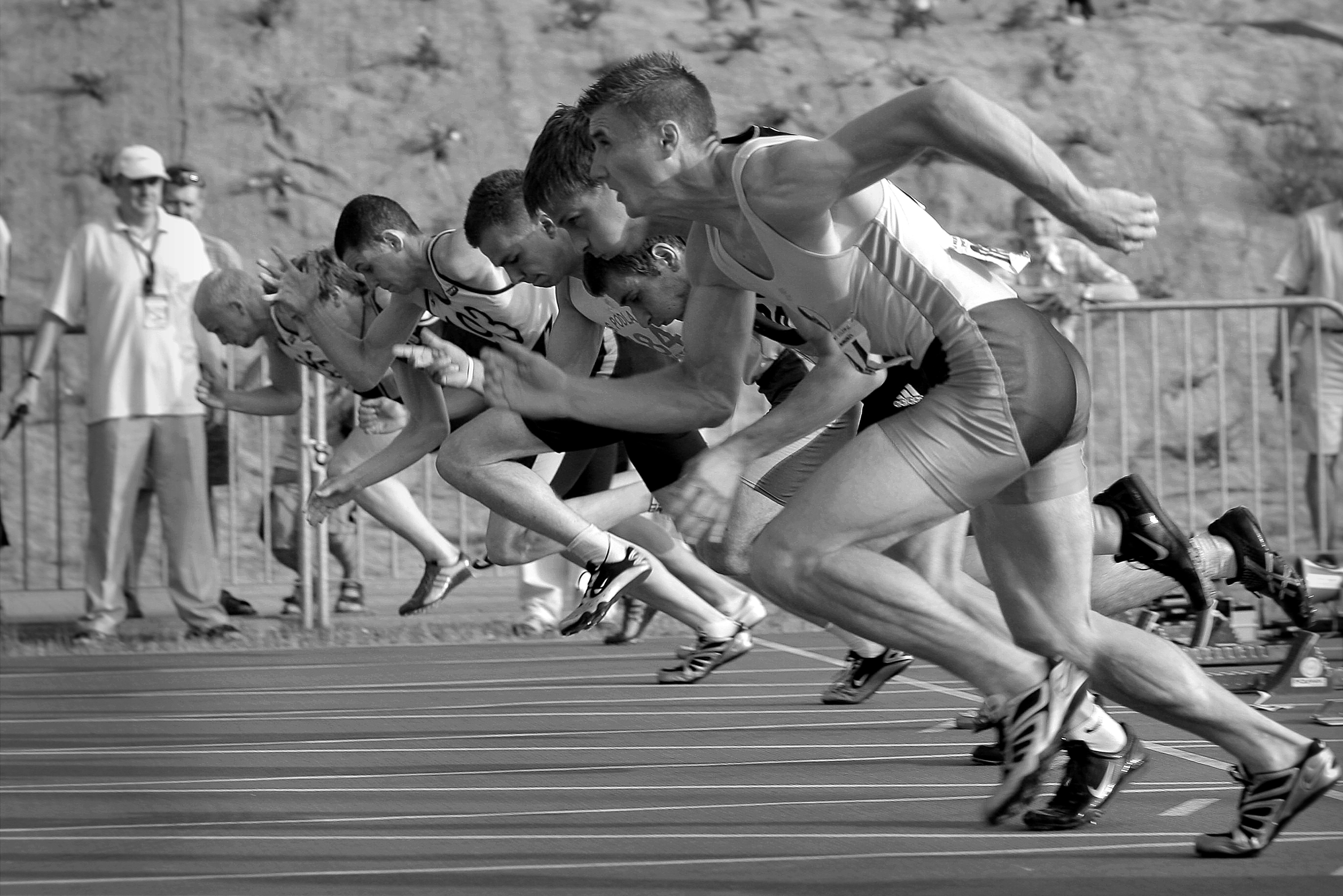General Running Guides
Practical knowledge and techniques that benefit runners at every level of experience.

Hill Training for Runners
How to effectively incorporate hill workouts for improved strength, power, and running economy.
Read Guide →
Running Cadence Explained
Understanding, measuring, and optimizing your step rate for more efficient, injury-resistant running.
Read Guide →
Running for Mental Health
The powerful psychological benefits of running and how to maximize them for improved mental wellbeing.
Read Guide →
Running Alone vs. Running with a Group
The benefits, challenges, and optimal situations for solo and group running experiences.
Read Guide →
Cross Training for Runners
Complementary activities that build fitness, prevent burnout, and create a more resilient running body.
Read Guide →
Overcoming Motivation Slumps
Practical strategies to maintain running consistency when motivation inevitably fades.
Read Guide →